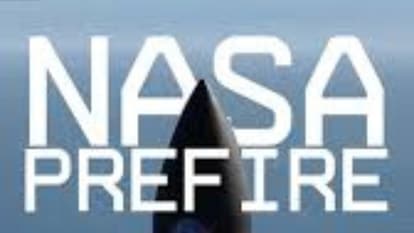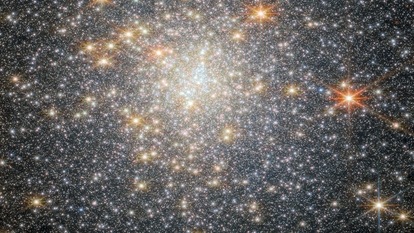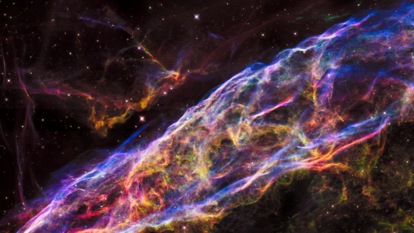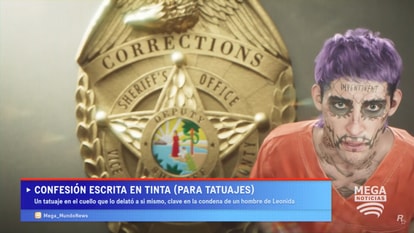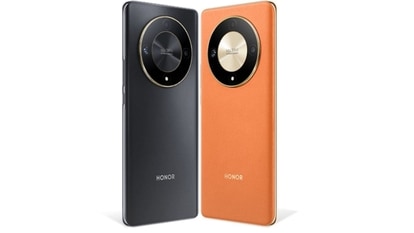2 galaxies TWINNING! NASA Hubble Space Telescope snaps unique moment in time
NASA shares an image of two distant galaxies which are twinning like pals, captured by the Hubble Space Telescope.
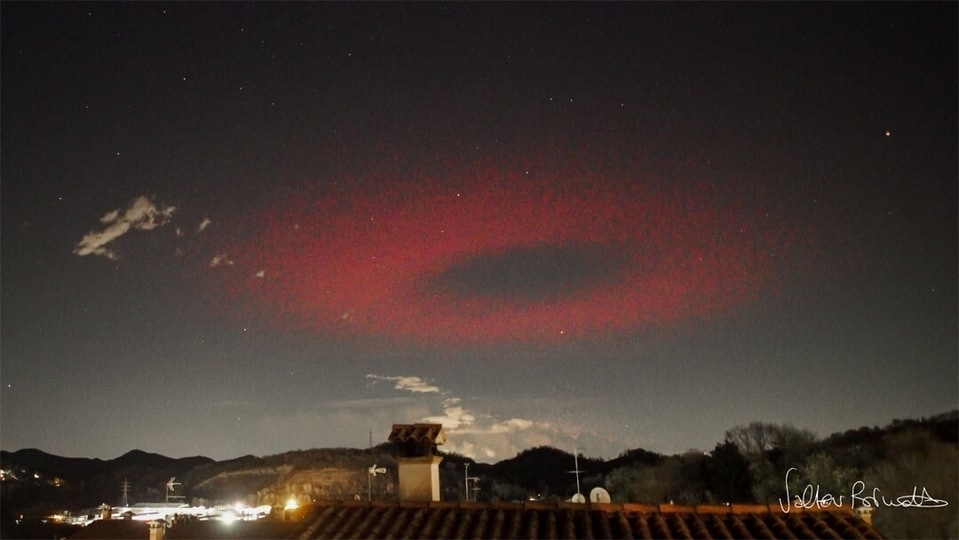
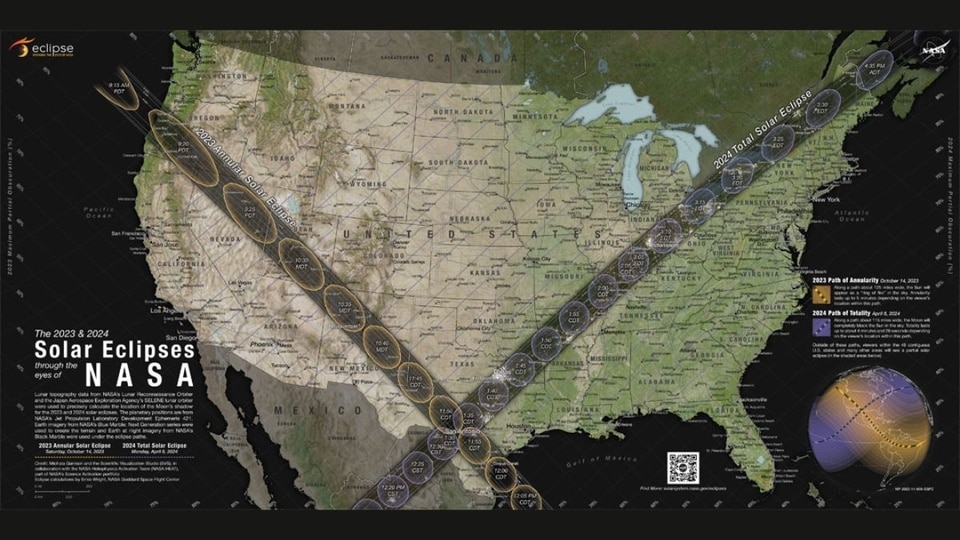
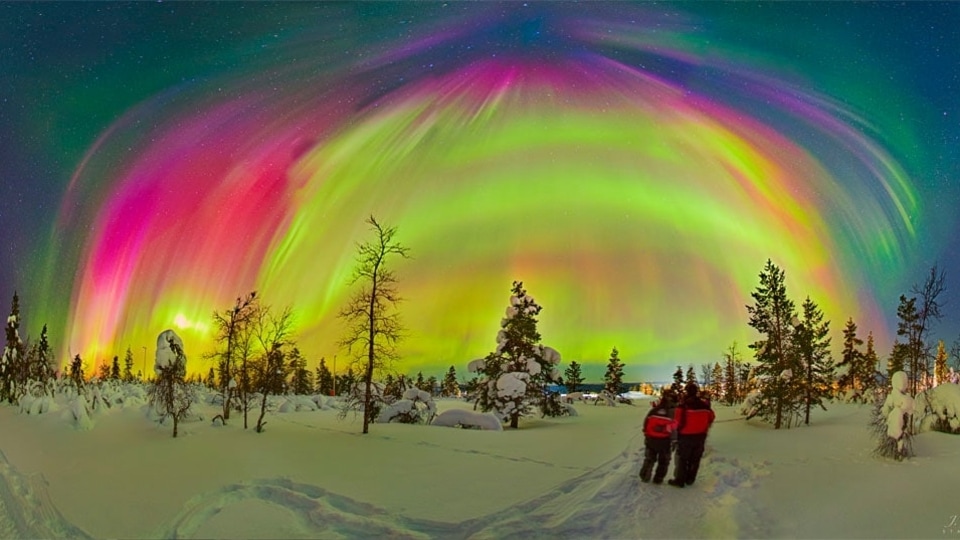
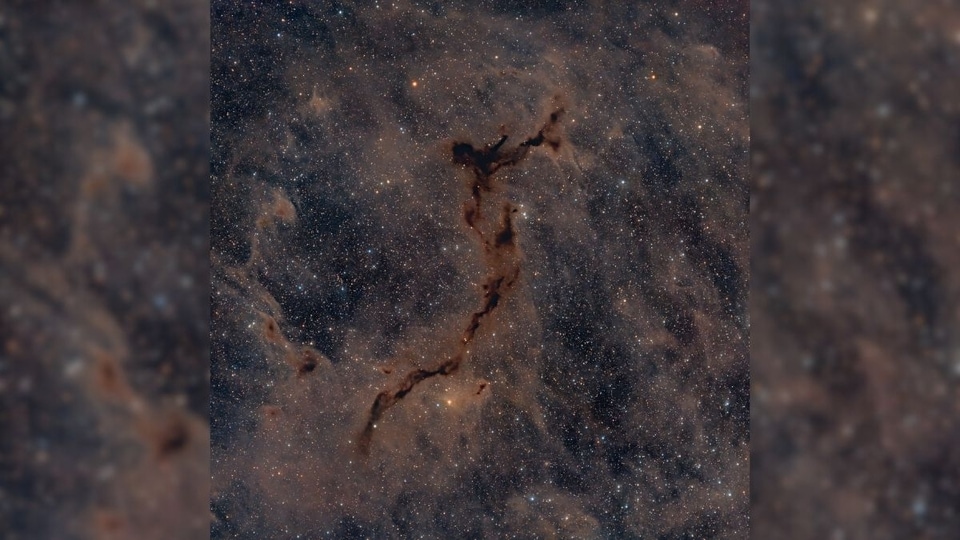
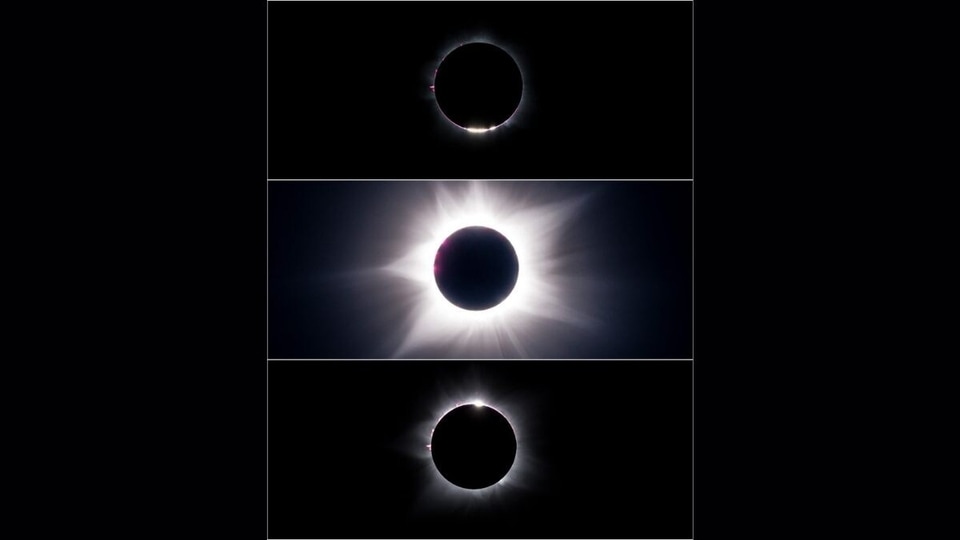

 View all Images
View all ImagesSpace sometimes gives us unique and interesting events in time to watch with the help of telescopes like the iconic Hubble Space Telescope, or the newly launched James Webb Space Telescope, and more. NASA on its Instagram account has shared an amazing glimpse clicked by the Hubble Space Telescope. The Hubble Space Telescope has recently celebrated its 33rd launch anniversary, and after a week of the same the telescope has captured a mesmerizing image of neighbouring galaxies.
Sharing the image on Instagram, the space agency captioned it by writing, "Look at those two buddies. Just hanging out. Doing their thing." Giving further details about the image, NASA added, "This starry pair offers a glimpse of what our Milky Way galaxy would look like to an outside observer. The edge-on galaxy is called NGC 4302, and the tilted galaxy is NGC 4298."
Comparing the galaxies in the image with twinning pals, the space agency further mentioned that, both of these galaxies are approximately 55 million light-years away, reside in the constellation Coma Berenices, and were discovered together in 1784 by astronomer William Herschel. "Like twinning pals, both of these galaxies are approximately 55 million light-years away, reside in the constellation Coma Berenices, and were discovered together in 1784 by astronomer William Herschel," the caption read.
"Although these galaxies look quite dissimilar from one another due to our perspective seeing them from different angles in the sky, they are very similar in structure and contents. Both galaxies are a little basic, as far as galaxies go. Being typical spiral galaxies, they have arms of young stars that wind outward from their centres."
"These bright arms are regions of intense star formation. Like other spiral galaxies, they have central bulges surrounded by a faint halo of stars and bars that extend from their central bulges to the arms," the space agency added.
Describing the image, the Instagram post added, "Image description: Two distant galaxies as observed by @NASAHubble. On the left side, a galaxy is at a 90-degree angle from Earth on its disk. The angle of view creates a thin slanted line through space like a tear in a canvas with darker redder lanes of stars silhouetting its shape. To the right of the image, a large spiral galaxy extends long trails of stars and gas in shades of blue that brighten to yellow towards its galactic center. The background of the image is the blackness of space sprinkled with the occasional bright dots of distant stars and galaxies."
Catch all the Latest Tech News, Mobile News, Laptop News, Gaming news, Wearables News , How To News, also keep up with us on Whatsapp channel,Twitter, Facebook, Google News, and Instagram. For our latest videos, subscribe to our YouTube channel.








